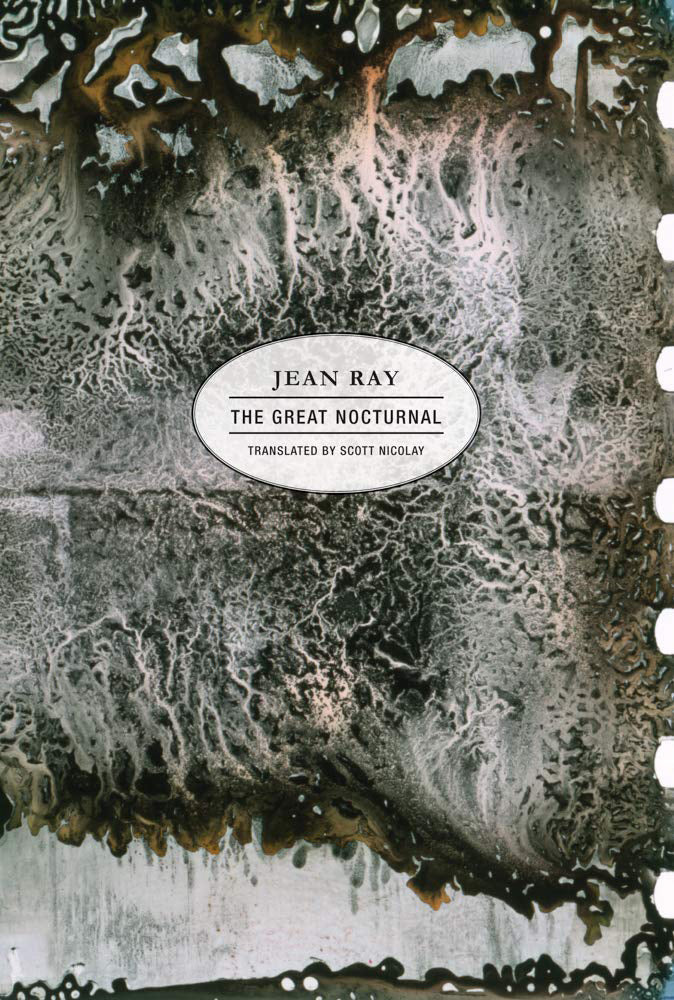The Great Nocturnal: Tales of Dread
The Great Nocturnal: Tales of Dread
Jean Ray
Couldn't load pickup availability
Translated, with an afterword, by Scott Nicolay / May 2020 / 5.375 x 8, 136 pp. / 978-1-939663-49-8
After the commercial failure of his 1931 collection Cruise of Shadows, Jean Ray spent the next decade writing and publishing under other names in the stifling atmosphere of Ghent. Only in the midst of the darkest years of the Nazi Occupation of Belgium would he suddenly publish a spate of books under his earlier nom de plume, all appearing in rapid sequence and which would become his best-known and admired works. The first of these volumes, in essence picking up from where he had left off a decade ago and signaling the beginning of his reputation as the Belgian master of the weird tale, was the 1942 publication of The Great Nocturnal.
The collection, as its subtitle indicates, consists of tales of fear and dread—a dread evoked not by the standard tropes of horror (though rats, centipedes, and darkness lie waiting in these pages), but in what had now evolved into Ray’s personal brand of fear, drawn from a specifically Belgian notion of the fantastic that lies alongside the banality of everyday life. An aging haberdasher’s monotonous existence opens up to a spiritual fourth dimension (and serial murder); an inebriated young man in a tavern draws cryptic symbols and mutters statements that elicit an inexplicable terror among some sailors and, as he sobers up, himself; three students drink Finnish Kümmel and keep watch over a deceased woman’s apartment, awaiting a horrific transformation. Yet these tales are laced with a mordant humor that bears as much allegiance to Ambrose Bierce as Edgar Allan Poe, and toys as much with the reader’s expectations as they do with their characters.
Jean Ray (1887–1964) is the best known of the multiple pseudonyms of Raymundus Joannes Maria de Kremer. Alternately referred to as the “Belgian Poe” and the “Flemish Jack London,” Ray delivered tales and novels of horror under the stylistic influence of his most cherished authors, Charles Dickens and Geoffrey Chaucer. A pivotal figure in the Belgian School of the Strange, Ray authored some 6,500 texts in his lifetime, not including his own biography, which remains shrouded in legend and fiction, much of it his own making. His alleged lives as an alcohol smuggler on Rum Row in the Prohibition era, an executioner in Venice, a Chicago gangster, and a hunter in remote jungles in fact covered over a more prosaic albeit ruinous existence as a manager of a literary magazine.


